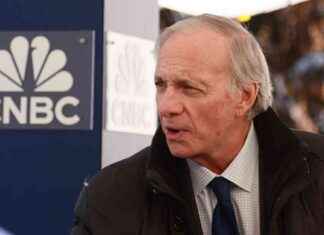It’s already halfway through 2024, and the countdown to the US presidential election has begun. While geopolitical tensions like the Ukrainian-Russian conflict and Israeli-Hamas situation are ongoing, the focus has shifted towards political risks impacting market sentiment, especially in the euro area.
Central banks are actively implementing their strategies in response to the evolving economic conditions. The European Central Bank (ECB), Swiss National Bank (SNB), and Bank of Canada have started easing their monetary policies. On the other hand, the Bank of Japan (BoJ) has made a rate hike in 2024. As we look ahead to the upcoming central bank meetings, let’s see what the market is anticipating for the rest of the year.
The Federal Reserve (Fed) is expected to follow the ECB’s lead by potentially cutting rates due to recent US labor market data and the June Consumer Price Index (CPI) report. The market is pricing in at least two rate cuts in 2024, with a possibility of a third cut. However, if economic data improves over the summer, these expectations might change.
The market also anticipates further easing from the ECB, with expectations of one full rate cut and a high likelihood of a second cut. Political developments in France could influence the ECB’s future decisions.
Both the Bank of England (BoE) and the Reserve Bank of New Zealand (RBNZ) are expected to cut rates in 2024. Uncertainty surrounding UK inflation and political issues may prompt the BoE to consider a rate cut. Similarly, the RBNZ’s dovish shift indicates a potential rate cut in the near future.
The Bank of Canada (BoC) and the SNB have already cut rates in response to easing inflation. The market expects additional rate cuts from both central banks to support their economies.
In contrast, the BoJ is on a path of tightening its monetary policy, with expectations of rate hikes in 2024. The BoJ’s recent rate hike was well received by the market, but further details on tapering the bond buying program are awaited. The Reserve Bank of Australia (RBA) is also considering rate hikes due to stable inflation and a strong labor market.
Overall, central banks worldwide are closely monitoring economic indicators to make informed decisions on monetary policy. The market is anticipating a mix of rate cuts and hikes in 2024, depending on each country’s economic conditions. As the year progresses, it will be interesting to see how these predictions play out and impact global financial markets.








